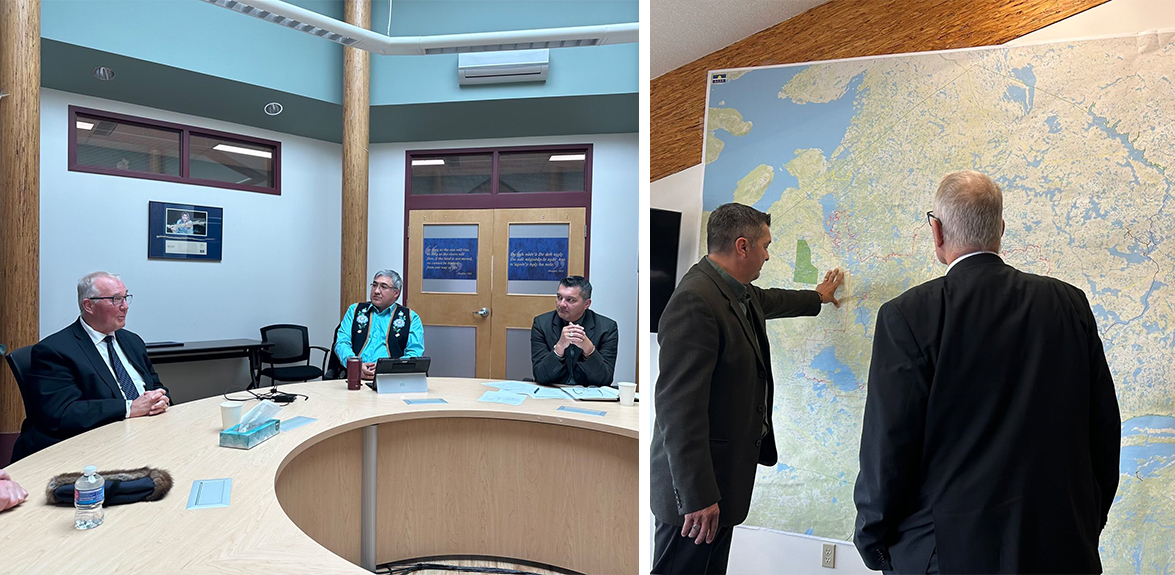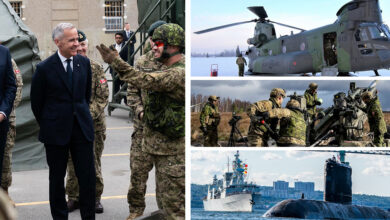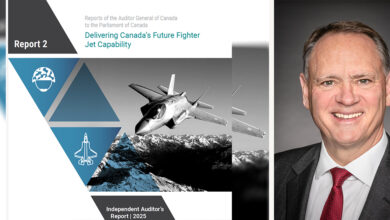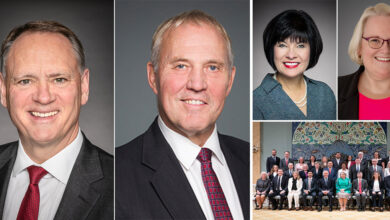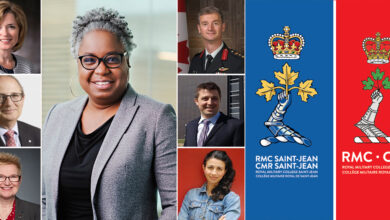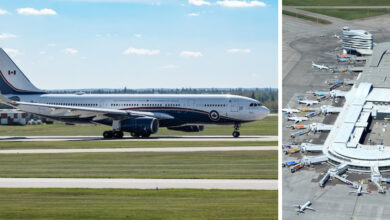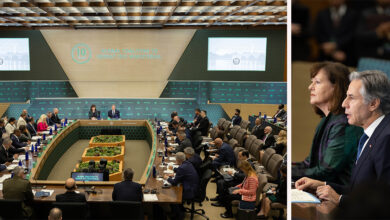Today’s News
$175 Million Announced for Wildfire Response and Recovery in Indigenous and Northern Communities
Above image: Bill Blair, Minister of National Defence, and Michael McLeod, MP for the Northwest Territories, met with the Thchǫ Government in Behchokǫ̀ in April 2024 to discuss the upcoming wildfire season.
Bill Blair, Minister of National Defence, and Michael McLeod, MP for the Northwest Territories, met with the Thchǫ Government in Behchokǫ̀ in April to discuss the upcoming wildfire season and announced an investment of $175 million for wildfire response and recovery activities in Indigenous communities.
“Indigenous communities have unique needs when it comes to natural disaster response and recovery,” stated Blair. “Through Budget 2024, we are stepping up to invest over $175 million to support Indigenous wildfire response and recovery efforts. In addition, through Our North, Strong and Free, we are investing in helicopters and infrastructure that will allow our military to respond to natural disasters more quickly in remote regions, when required. These investments will help to keep Indigenous communities safe and present significant opportunities for multi-use infrastructure that can meet the needs of Indigenous peoples and northern communities.”
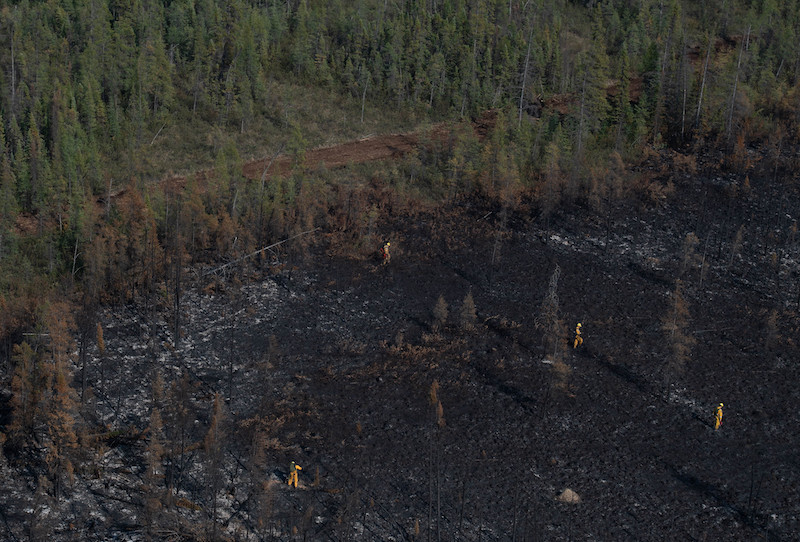
2023 Wildfire Season
The 2023 wildfire season was the worst on record and resulted in the evacuation of more than 95 Indigenous communities. The Northwest Territories were particularly hard hit, and up to 350 Canadian Armed Forces members were deployed to the territory in response to the wildfire situation last year when the territory requested federal assistance. As part of these efforts, the Canadian Armed Forces deployed aircraft and personnel to the Northwest Territories and evacuated 158 vulnerable people to safety.
The latest seasonal weather outlook for 2024 indicates that higher-than-normal temperatures are expected for the spring and summer, boosted by El Niño weather conditions. The outlook sets the stage for the possibility of another active wildfire season and other incidents of extreme weather.
The needs of Indigenous communities are acutely felt as they are often located in remote areas, where responding is more challenging.
“Here in the Northwest Territories, our communities have vivid memories of last year’s wildfire season – including the evacuation of our capital city, Yellowknife,” said Michael McLeod, MP for the Northwest Territories. “The investments in Budget 2024 respond to the unique needs of Indigenous communities by investing in their emergency management and preparedness resources. Further, the investments in Our North, Strong and Free will keep people in the Northwest Territories safe by enabling a more persistent and robust military presence in the North.”
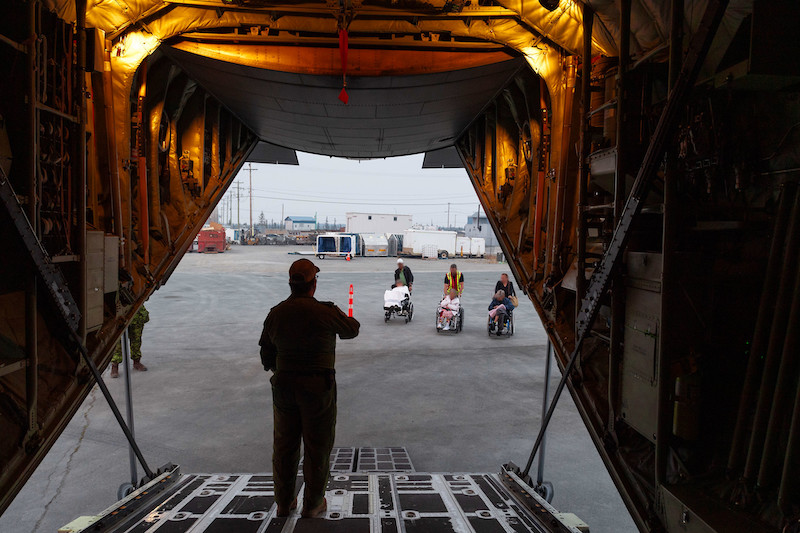
Budget 2024
Budget 2024 proposes to provide:
- $9 million in 2023-24 to Crown-Indigenous Relations and Northern Affairs Canada for Indigenous governments directly affected by the 2023 wildfires in the Northwest Territories;
- $145.2 million over five years, starting in 2024-25, for Indigenous Services Canada and Crown-Indigenous Relations and Northern Affairs Canada to work with First Nations to develop greater climate resiliency and deploy structural mitigation strategies that protect communities, homes, and essential infrastructure from climate disasters, including $10.4 million for Modern Treaty and Self-Governing First Nations; and,
- $20.9 million over three years, starting in 2024-25, for Indigenous Services Canada to support the First Nations Fire Protection Strategy, 2023 to 2028, by distributing fire alarms and fire extinguishers to homes and community facilities on-reserve, as well as fire-related education programs.
The ministers said the investments would be made with a commitment to partnership and Indigenous control so that services truly met the unique needs of Northern communities.
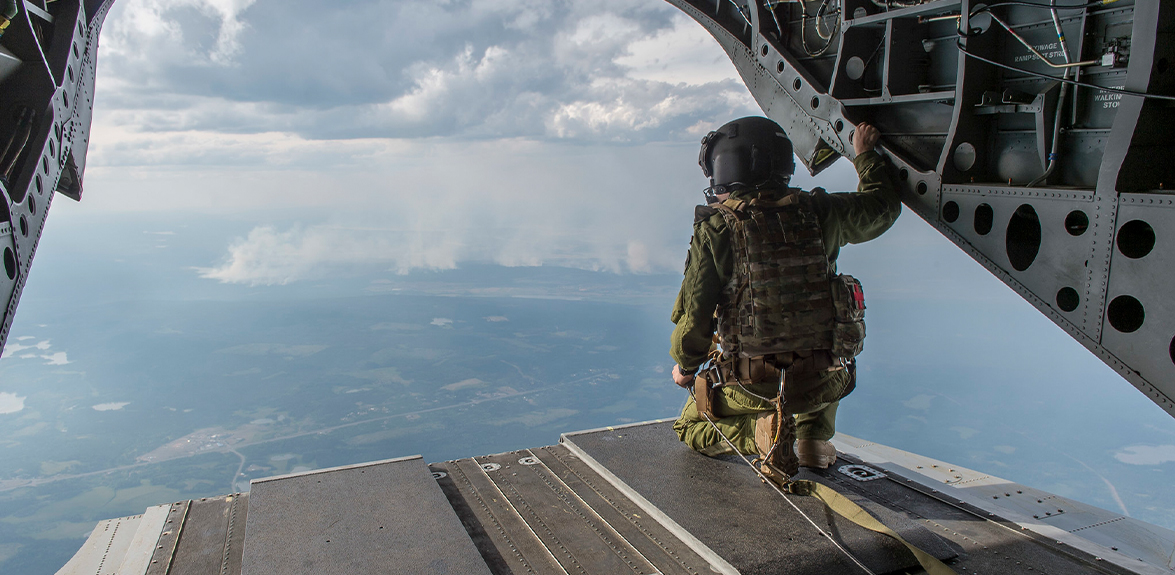
Several Investments Highlighted
Minister Blair also highlighted several investments in Our North, Strong and Free, which will support the Canadian Armed Forces’ ability to rapidly deploy in response to natural disasters such as wildfires and floods, plus support northern operations.
These include:
- $18.4 billion over 20 years to acquire a more modern, mobile, and effective tactical helicopter capability. The investment will provide the CAF with the speed and airlift capacity to respond to natural disasters and emergencies throughout the country and be available in a secondary role for the CAF’s Search and Rescue responsibilities.
- $218 million over 20 years for Northern Operational Support Hubs. These hubs, consisting of airstrips, logistics facilities and equipment, and stockpiles of spare parts, will enable the military to establish a greater year-round presence across the Arctic and the North. The hubs will increase military responsiveness and ability to address security challenges, including natural disasters, on shorter notice and for longer periods.
Minister Blair noted that the hubs will present significant opportunities to establish multi-purpose infrastructure to help meet the needs of territories, Indigenous peoples, and northern communities. Throughout the design and implementation process, the intent is to engage with the Indigenous Peoples and northern communities, in line with the principle of “nothing about us, without us” in the Arctic and Northern Policy Framework.


